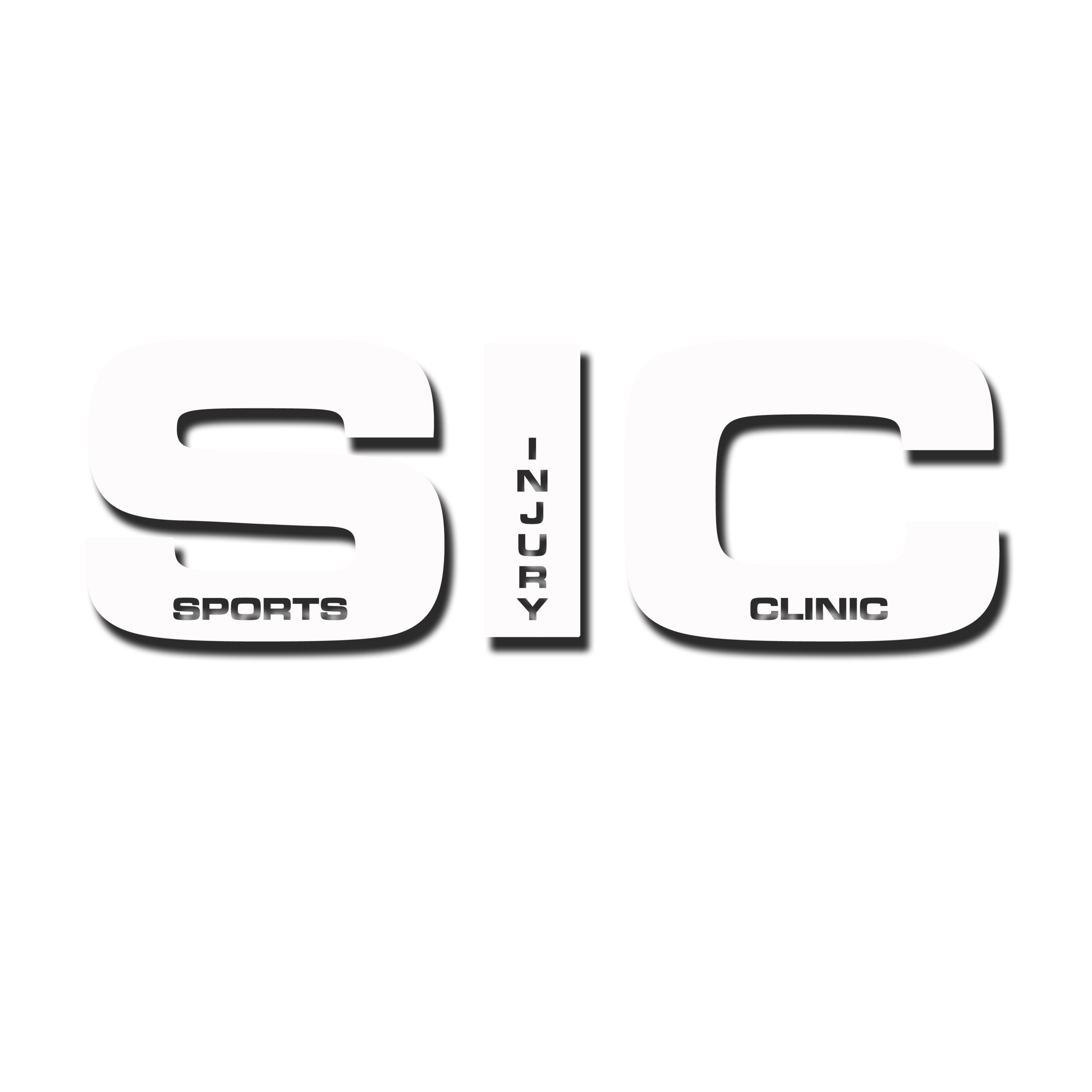Self-treatment guide
Muscle is the largest organ in the human body, typically accounting for almost 50% of the body’s weight.
There are approximately four hundred muscles in the human body (surprisingly there are individual variations), and anyone of them can develop trigger points, potentially causing referred pain and dysfunction.
Symptoms can range from intolerable, agonising pain to painless restriction of movement and distortion of posture. Travell & Simons describe them without overstatement as the “scourge of mankind”.
General Guidelines For Self-Treatment
Applying pressure on your own trigger points is generally easy and can give you a great deal of relief within the first few weeks, but you must perform the technique properly. You can expect gradual improvement over a period of days and weeks.
The Most Important Guideline is this; Don’t Over Do It!
Don’t apply pressure over varicose veins, open wounds, infected areas, herniated or bulging disks, areas affected by phlebitis or thrombophlebitis, or anywhere clots are present or could be present.
if your pregnant, don’t apply pressure on your legs. The most important technique for treating trigger points, other than eliminating perpetuating factors, is apply pressure.
Use a tennis ball, a hockey ball, bouncy ball, a dogs play ball, your elbow or even use your hand if instructed to do so particular muscles. Most people should work on their muscles at least once a day.
Pick a time when you’ll remember to do your self-treatments, perhaps when you wake-up, when you watch TV, or when you go to bed, and keep your balls where they will be handy.
If your sore from self-treatments or your clinic treatments, SKIP a day.
You cannot out strengthen or out stretch a muscle that has a Myofascial trigger points.
Travell & Simons' Myofascial Pain and Dysfunction
Rules for Self-care
1) Warm-up
2) Self Myofascial Release ( Foam rolling | Body tempering | Compression )
3) Movement ( Stretching | Mobility | Strengthening | light exercise )









